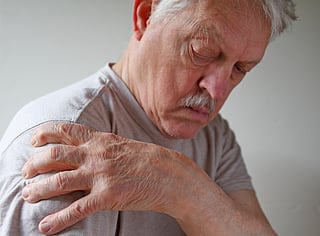Treatment depends on the severity of the tear and the patient’s age, activity level and overall health.
Nonsurgical treatments
Rest: Avoiding activities that exacerbate symptoms.
Physical therapy: Exercises to improve strength and flexibility.
Medications: Anti-inflammatory drugs (such as nonsteroidal anti-inflammatory drugs, or NSAIDs) to reduce pain and swelling.
Steroid injections: Corticosteroid injections to alleviate severe pain.
Cold and heat therapy: Applying ice packs or heat to manage pain and inflammation.
Surgical treatments
Surgery may be recommended if nonsurgical treatments fail or in cases of significant tears.
Arthroscopic repair: Minimally invasive procedure using small incisions and a camera to repair the tear.
Open repair: Traditional surgery involving a larger incision to access and repair the tendon.
Mini-open repair: Combines arthroscopy and open surgery techniques.
Tendon transfer: In cases where the tendon is too damaged, a nearby tendon may be used to replace it.
Shoulder replacement: For massive, irreparable tears accompanied by arthritis.
Recovery for rotator cuff injuries can vary depending on the treatment. It can range from a few weeks for minor tears to several months for surgical repairs. Postsurgical rehabilitation can help to restore function and strength through a structured physical therapy program.


